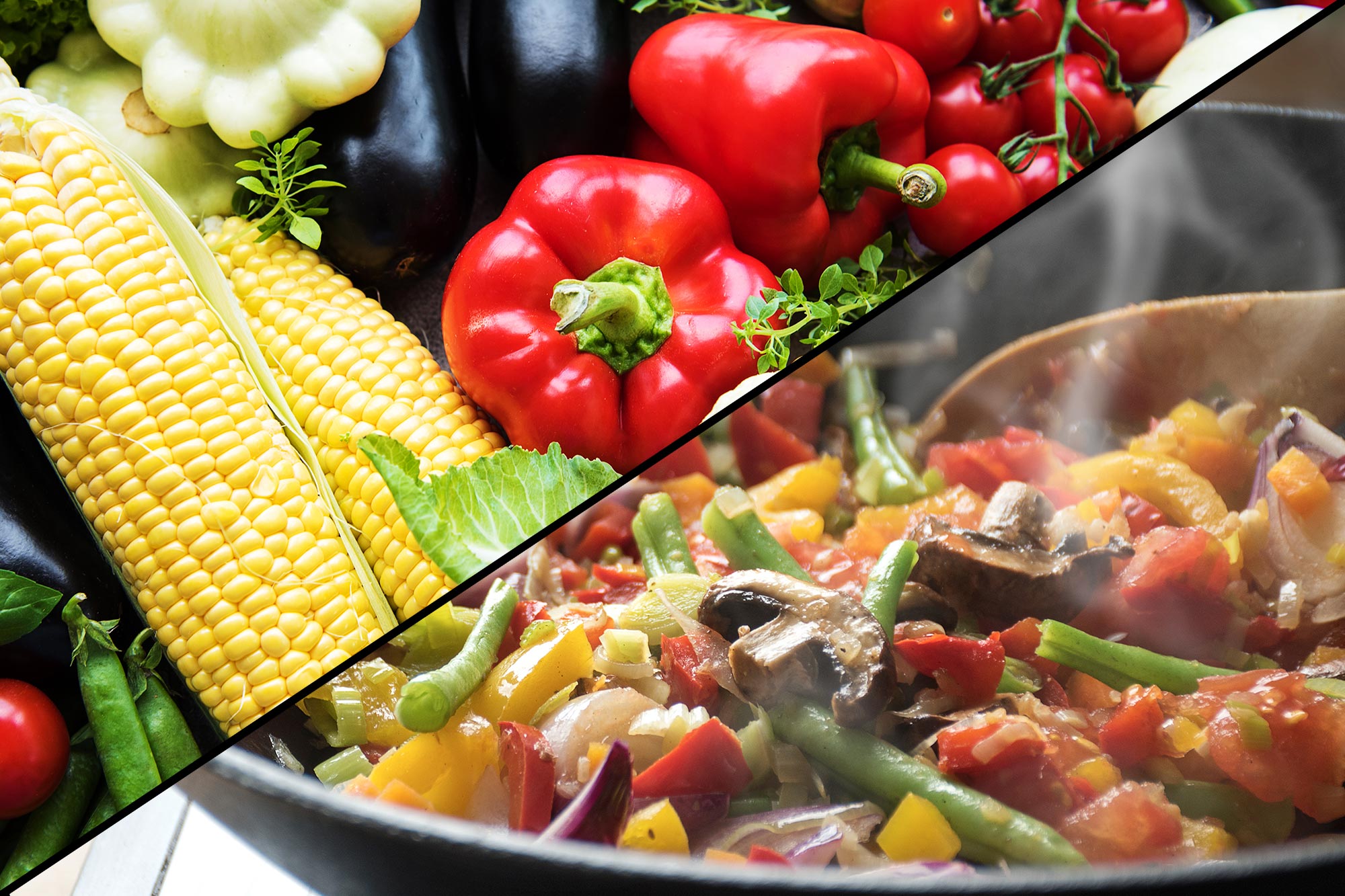
What’s the Best Approach for Maximum Nutrition?
Have you ever wondered if it’s better to eat vegetables raw or cooked? Recently, two camps have emerged in the debate over the best way to consume these nutritious foods. But which approach is really the best? Let’s compare the nutritional value and safety of each method to find out.
Raw Vegetables:
- Nutritional value: Eating raw vegetables can help preserve their nutrients to the greatest extent, allowing the body to fully benefit from their nutritional components. For example, vitamin C is a heat-sensitive nutrient that can be destroyed by cooking. Active ingredients in garlic and other onion vegetables, such as allicin, may also be deactivated when fried.
- Safety: Raw lettuce, Chinese cabbage, cucumber, and western broccoli may cause food poisoning due to bacterial contamination. Raw bean sprouts may also be contaminated with Salmonella. It’s important to wash and disinfect these vegetables before eating them.
Cooked Vegetables:
- Nutritional value: Cooking vegetables can increase the content of bioactive substances, such as lycopene in tomatoes and beta-carotene in carrots. Using oil to cook can also promote the absorption of these substances.
- Safety: Cooking can effectively kill bacteria and reduce the risk of food poisoning. However, be careful not to overcook the vegetables to avoid losing their original taste and nutrients.
Conclusion:
So, which approach is the best? The truth is, it’s not necessary to stick to one method and exclude the other. The key is to choose fresh and hygienic vegetables and to eat them in moderation. Eating a variety of vegetables and trying different cooking methods can help you fully enjoy their nutrients and flavors.